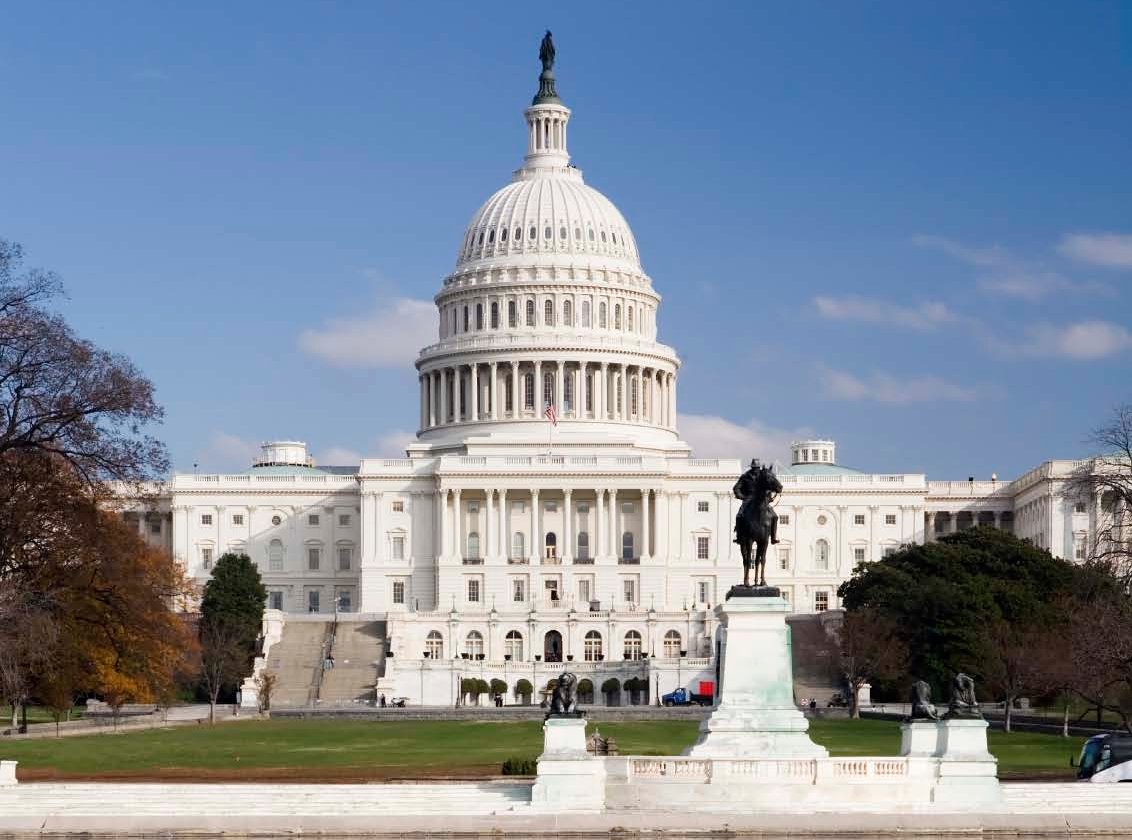December 2009 Vol. 236 No. 12
Government
Natural Gas Price, Supply Concerns Bedevil Climate Change Bill

A Senate climate change bill passed in early November by the Environment and Public Works Committee will probably be pushed aside by a version more acceptable to Republicans and moderate Democrats.
Critics of the bill that passed the committee argue it will hit manufacturers hard as they are forced to switch from coal to natural gas for their energy needs, creating a price spike in natural gas due to a big increase in demand. However, the natural gas industry is disputing scenarios forecasting galloping gas demand.
The Senate bill – the Clean Energy Jobs and Power Act of 2009 (S.1733) – calls for cutting greenhouse gas emissions such as carbon dioxide and methane by 20% from 2005 levels by 2020 and by 83% by 2050. It is slightly more aggressive than a House bill passed in June. S.1733 passed the Environment Committee 11-1, with all Republicans declining to vote, and one Democrat, Montana Sen. Max Baucus, also voting against it. That substantial opposition had much to do with worries about how a mandated GHG reduction and an associated “cap-and-trade” emissions program would affect manufacturers.
Some manufacturing lobbies argue that the Senate bill – and its House counterpart – will send natural gas prices through the roof. Natural gas partisans, on the other hand, complain the Senate bill, because of free “allowances”, actually insulates coal users – including utilities – from having to switch to natural gas while at the same time imposing new costs on pipelines – for example, stopping leaks of methane and carbon dioxide from compressor stations.
Martin Edwards, an INGAA vice president, says the industry prefers the Senate bill because it opens the door to pipelines receiving “offsets” to use against emission reduction requirements when a pipeline controls fugitive methane emissions beyond a legislated level, a concession not contemplated by the House bill.
Edwards argues that worries voiced by manufacturers about potentially severe natural gas price hikes are unjustified. Those worries have been expressed by lobbyists such as Paul Cicio, president of the Industrial Energy Consumers of America, a group of large manufacturers. He says the IECA is “is deeply concerned that S.1733 will immediately and significantly drive up the demand and price for natural gas and electricity.”
Cicio says, for example, if the electric power sector uses natural gas to displace coal to achieve 100% compliance with the GHG emission targets in S.1733 it would consume the equivalent amount of 4.6 Tcf of natural gas, or roughly a 70% increase above 2008 power industry consumption. The largest increase in domestic production was only a 3% increase from 2006 to 2007, he states. “Clearly, the ability to rapidly increase production of natural gas to meet even a small portion of this potential demand does not exist,” Cicio argues.
That scenario was disputed in testimony to the Senate Energy Committee on Oct. 28 by Lamar McKay, chairman and president of BP America, Inc. He said: “Our own forecasts indicate the potential for lower demand, as natural gas is squeezed over the next decade between growing renewable mandates and coal. Our analysis indicates legislative insulation for even the oldest and least efficient coal-fired power plants.”
McKay’s analysis was seconded by Dennis McConaghy, executive vice president of pipeline strategy and development for TransCanada Pipelines, Ltd. He cited Energy Information Administration (EIA) evaluations of the House bill, called Waxman-Markey, after its two primary co-sponsors, which “shows a potentially perverse result” of lower natural gas usage except in the scenario where other low carbon technologies, like expanded nuclear or carbon capture and sequestration, are not sufficiently available.
McConaghy pushed for inclusion in the Senate bill for incentives to manufacturers and utilities to retire old, inefficient, coal-powered facilities. These might be a “cash for coal clunkers” program or a “Bridge Fuel Credit.”
John Podesta, president/CEO of the Center for American Progress Action Fund, a Democratic organization, says a Bridge Fuel Credit might make sense if the credits are taken out of reductions companies make voluntarily, instead of offsets which the government creates, making them essentially “free” credits.
McKay and McConaghy testified to the ample supplies of natural gas, refuting Cicio’s assertions about supply going forward. In his testimony to the Senate Energy Committee, BP’s McKay acknowledged the emergence of shale gas, saying that over the last few years there has been “a revolution” as deposits of shale gas once thought out of reach have become accessible thanks to new uses of proven technologies. This has enabled production in three of BP’s key fields in Texas to more than double between 2006 and 2008.
Successes such as these have led to major new discoveries, not only in traditional oil and gas states, but in such non-traditional ones as Pennsylvania, Ohio and New York. .U.S gas production increased last year by 1.5 Tcf – the largest increase in the world and the largest in U.S. history. “And we can do more of this, if the right policy framework is put in place to encourage and enable the use of natural gas,” McKay stated.
Podesta, the last chief of staff to President Clinton, also mentioned the promise of shale gas, but noted some perils. He pointed to the recent closure of an unnamed Pennsylvania shale gas production site due to water contamination. He indicated that environmental laws need to be reviewed and perhaps strengthened to account for the emergence of shale gas production.-Stephen Barlas





Comments